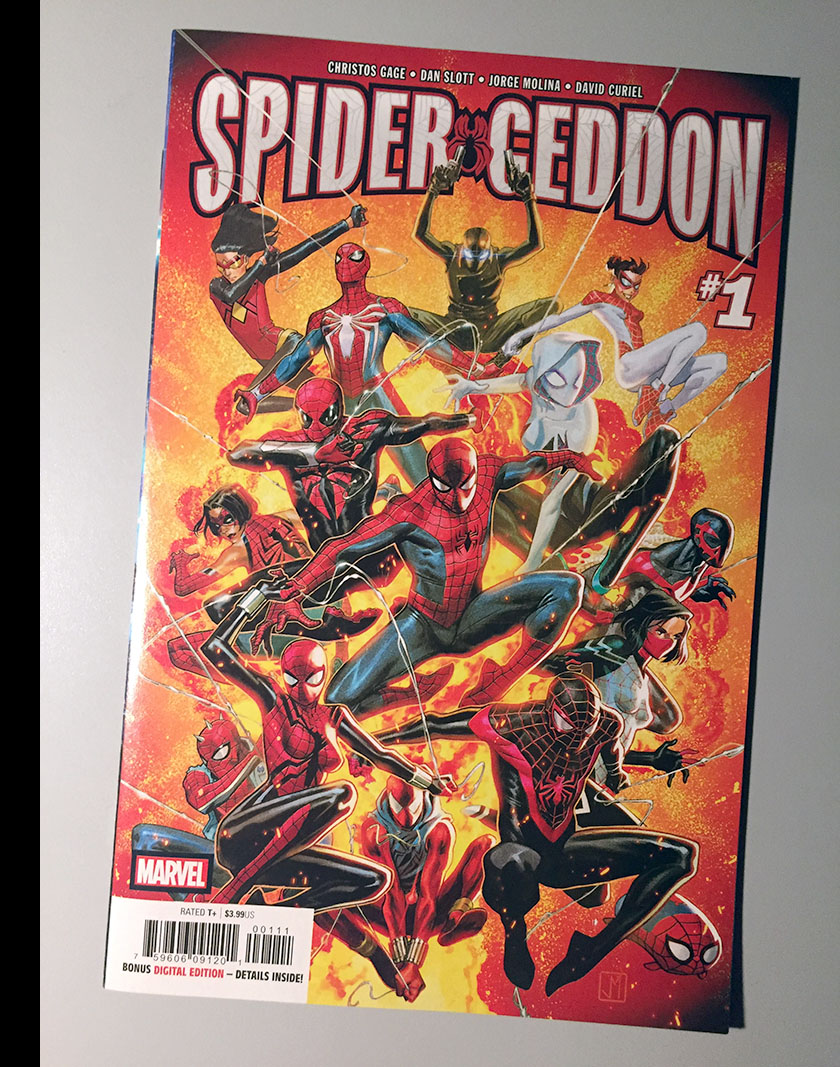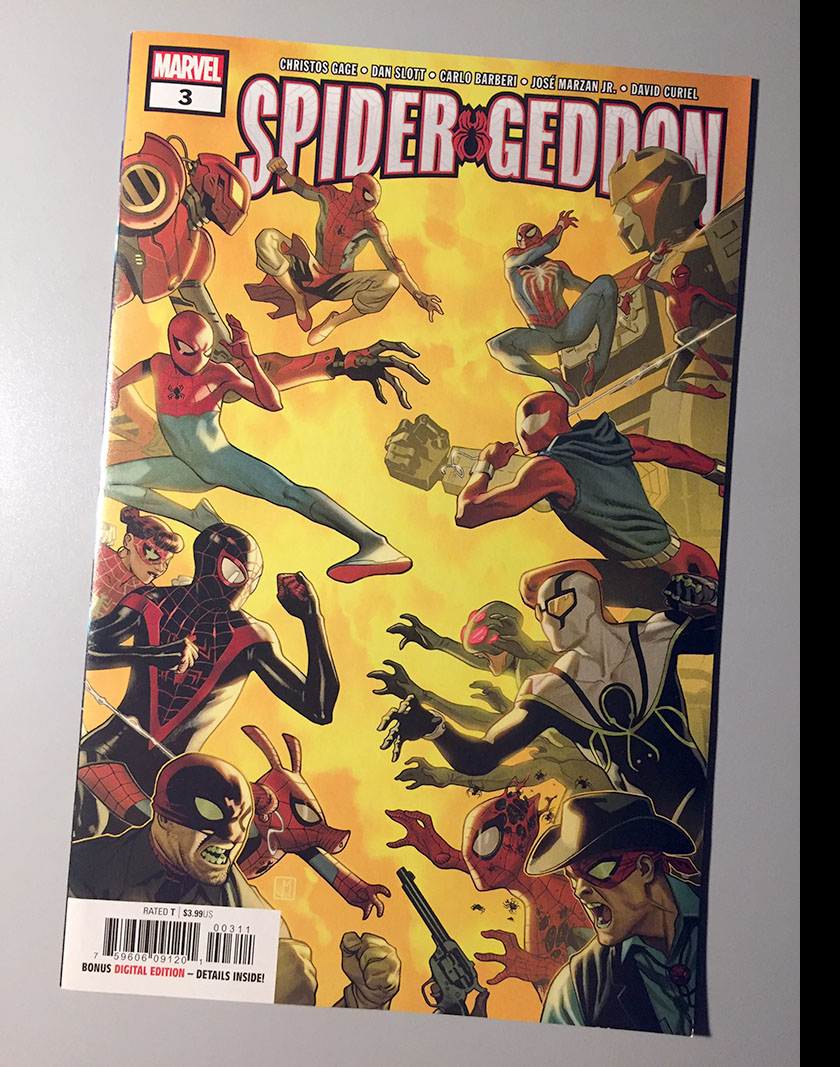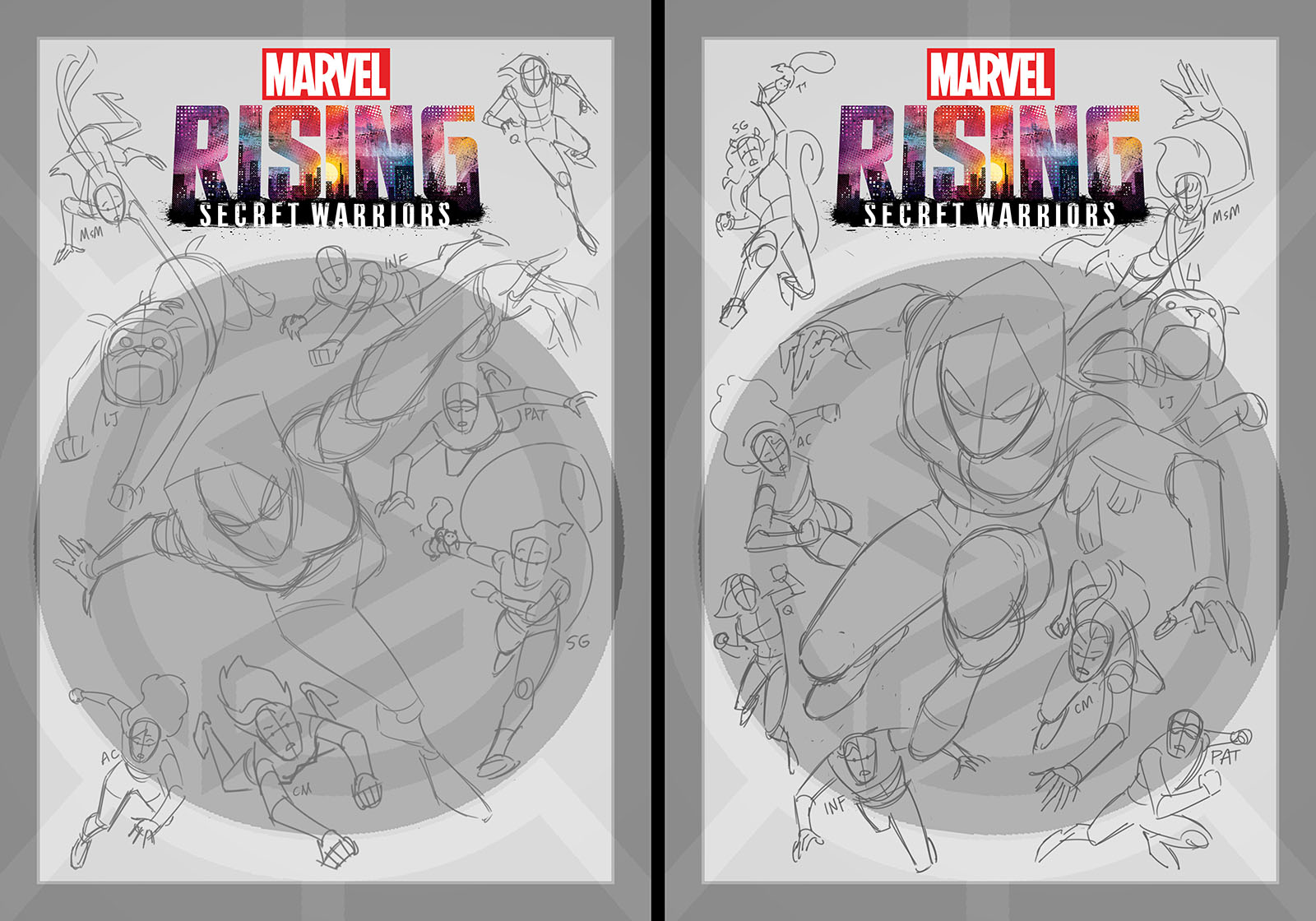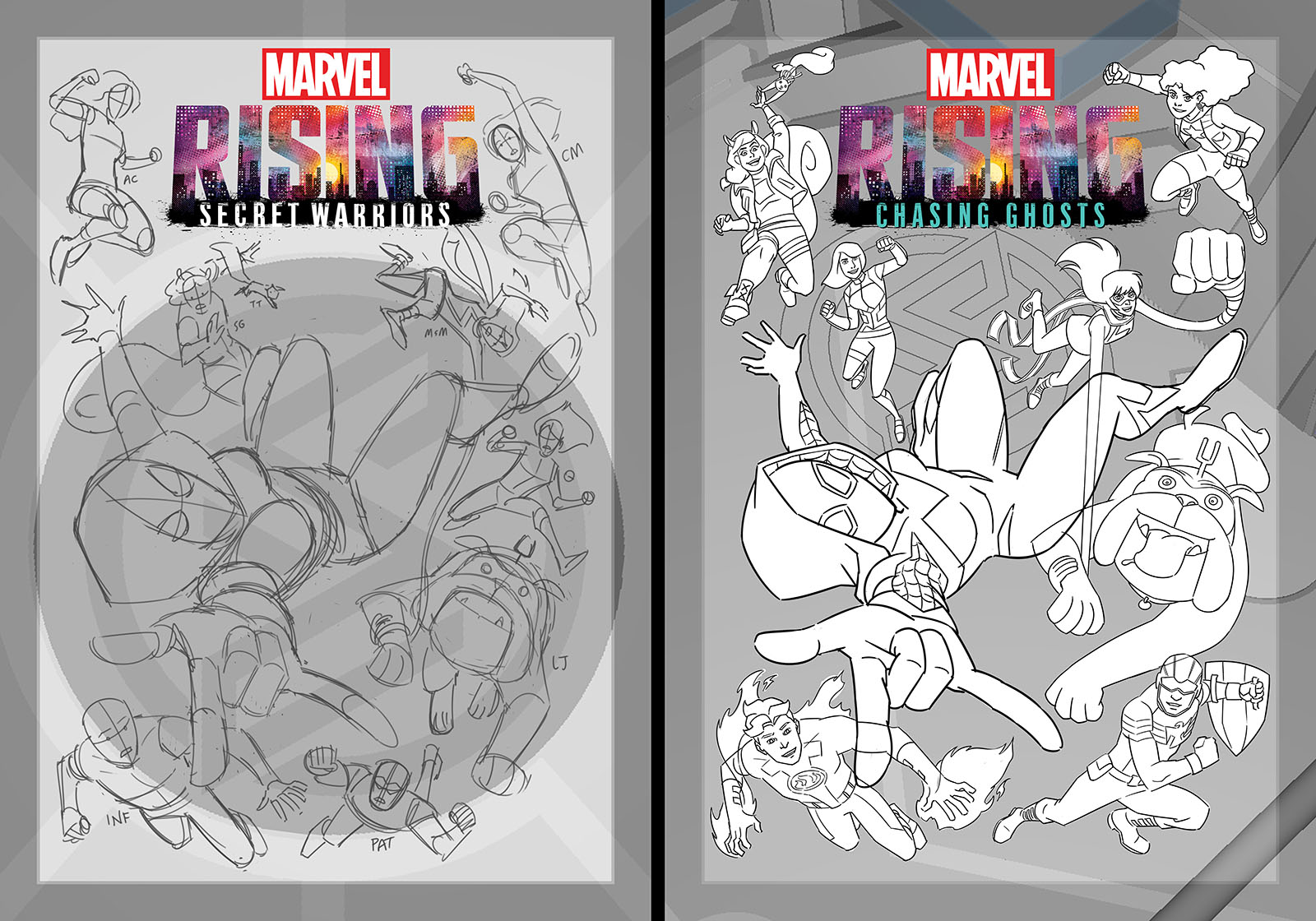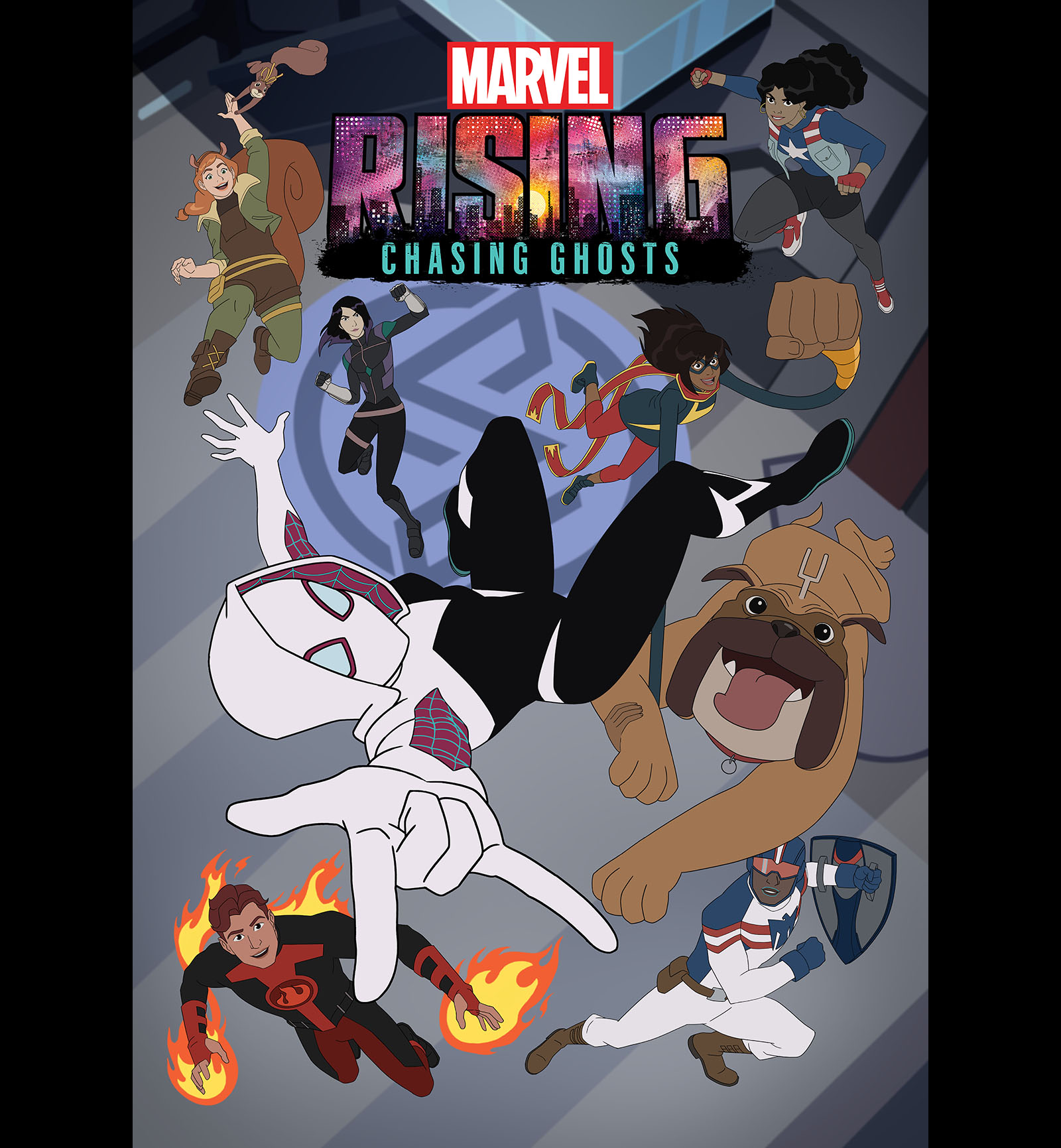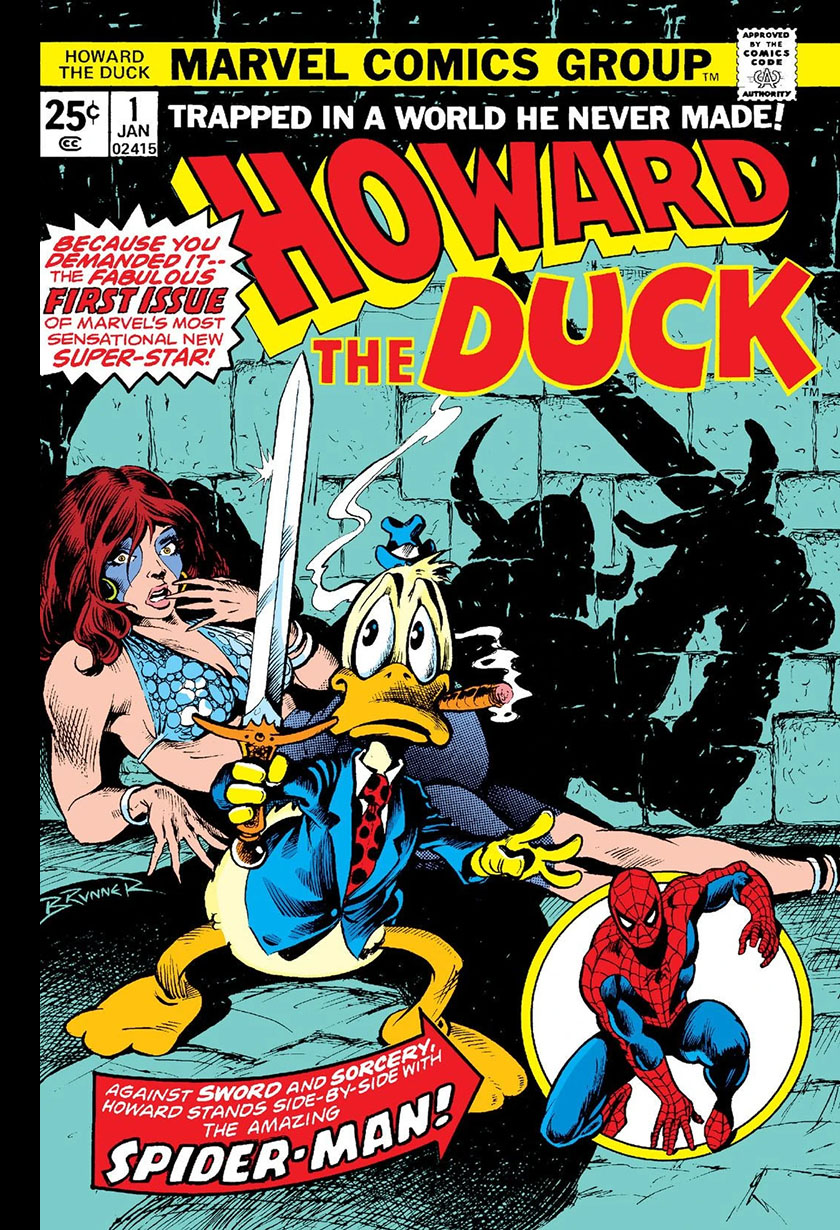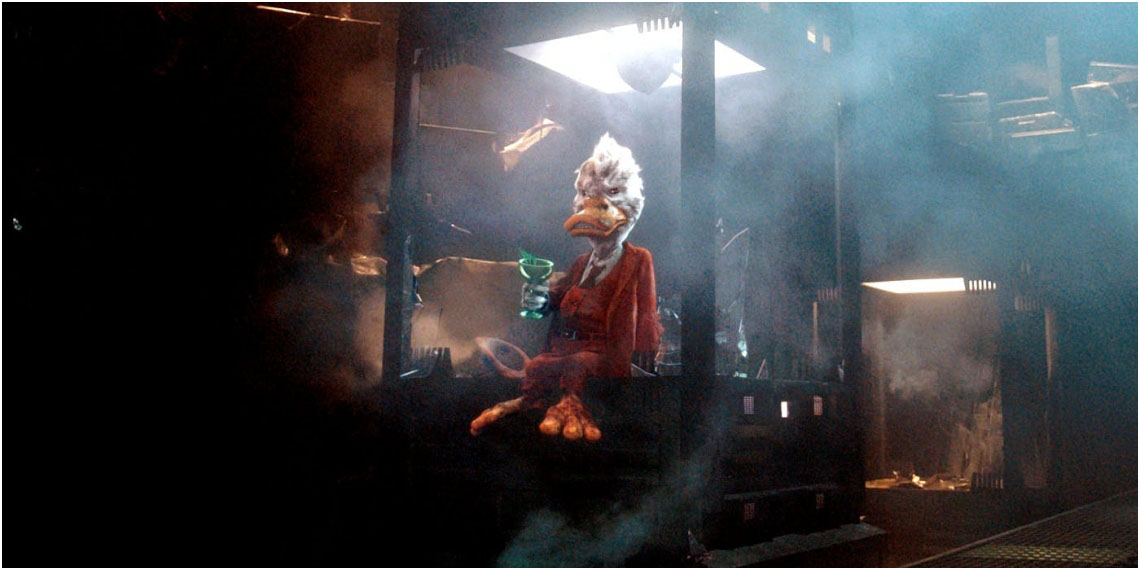Marvel Oddjobs, 2018-2019
It goes without saying that Marvel owns Marvel characters and I don’t. Right? If not, I just said it.
When you talk about employment trends in the TV cartoon biz (yeah, exactly what you wanted to read about here, right?) the main one is that job security has shortened as platforms have evolved. My career started just in time for me to get a last, lingering taste of the “good old days” at Sony Animation with 40-episode syndication packages (late 90s). Then 26 was the standard, then 13. In the new streaming era, it’s down to ten. If your employment is anchored to just one job at a time, you’ll need to find a couple productions a year to stay healthy. It’s hard out there for a duck.
The antidote to that is to work your way into a busy studio with a lot of projects on its slate. That’s what Sony was like for about five years. Then Warner Brothers (mostly freelance) for about seven. But the longest I’ve ever spent in a single job of any kind was my tenure at Marvel Animation Studio from 2012 to 2020. The bulk of that time was spent on Avengers Assemble (five seasons), and when that wrapped in 2018, they kindly kept me around for other things.
As sad as I was to bid farewell to all the friends I’d made on the Avengers crew, I enjoyed my new role as the “go to” guy for special projects while working on the next Spider-Man series, titled Maximum Venom. Those project are presented here for your general amusement.
1. Spider-Geddon Ultimate Comics
(3 episode webtoon), June/July 2018
I was no stranger to Spider-Man cartoons by now, having worked on every iteration since the MTV version in 2003. But this one was going to be quite different. Marvel Animation Studio was a branch of Marvel publishing at the time (it was later transferred to the movie division), and someone finally figured out how we could collaborate. The publishing side had independently produced a series of webtoons called “Ultimate Comics” with someone else, but now they came to us with the idea that it could become a regular, open-ended project.
I thought it sounded great; we’d produce one episode of something every week for Youtube. Each would run about three and a half minutes. The test run was going to be a 3-episode tie-in with a Spider-Man comic book event called Spider-Geddon that would debut in the fall. The gimmick for the comic was that every version of Spider-Man from every universe would come together in a huge crossover. (Into the Spider-Verse arrived in movie theaters during its run, which was kind of interesting but not necessarily intentional.)
Each of the three “Ultimate Comics” episodes would focus on a different Spider-person in a mini-adventure just before they got swept up in Spider-Geddon, and I was the one-man band who would create them. I’m not kidding; I drew all the storyboards myself, one per week over three weeks. Just like a regular cartoon, this would become the basis for the finished piece. Except they wouldn’t be fully animated. This was more like a pantomime of a cartoon with pieces that would slide around. The fun part was finding ways to make it work within those limitations.
I’d already been doing exactly that with the video chapters for my SF webcomic Pitsberg, so I was well equipped to tackle the project. Our regular software platform, Storyboard Pro, was tailor-made for this approach. It was fascinating to explore the edges of the technique and discover various magic tricks to suggest movement with still images. We didn’t have any audio recordings to work with, so I recorded temp dialogue with the help of various co-workers. I comfortably finished each episode in a 5-day work week and proved it could be accomplished, at least on our end.
After I laid down the foundation, my work was passed over to comic artists to redraw and color, like an animator, but without having to draw hundreds of individual cels. Then a video editor assembled the pieces to match my animatics. Each episode got a cast recording and a full sound mix, then debuted right on time as a lead-in to Spider-Geddon.
For whatever reason, we did not get the order for more Ultimate Comics. Everyone was happy with what I’d done and agreed that it was feasible, so all I can assume is that (in classic studio-speak), “they went another way.” Or couldn’t find the funding. Whatever the case, it gave me something fun to work on for a while, so no complaints.
2. Marvel Rising (promo art), 2018
This innovative multi-format series was happening at Marvel Animation Studio during my time on Maximum Venom, mainly staffed by former Avengers artists. I didn’t get to work on the series itself, which was kind of a bummer, but they did approach me later in the year to ask for some promotional art that could be used (I guess) online or in comic books.
The assignment was simple; just find a cool way to wedge nine characters (ten if you count Tippy-Toe the squirrel) into a single image. I submitted three different versions, then one character was taken out, and the approved version became a combo of the best poses.
The final draft was done by the character designer, who put my drawings exactly on-model. Each draft is shown below.
Related links:
Show page at Marvel.com | Wikipedia page | Overview on Fatherly.com
3. Howard the Duck (mini-pitch), 2019
This is definitely the weirdest project of the bunch, and has the weirdest story behind it.
In early 2019, Marvel Studios (the movie side) announced a slate of four animated projects, which sorta took us by surprise at Marvel Animation Studio. We weren’t involved in any way, despite serving as the hub of Marvel animated content for nearly seven years. They were destined for streaming on Hulu, and one of them was going to be an animated Howard the Duck series.
Eric Radomski, our studio boss, rightfully thought we should have a piece of that action, and he decided to approach it the fair way. Rather than just storming the castle and demanding attention, we would create a pitch of our own and hopefully turn the All-Seeing Eye in our direction. He came to me with a short script for Howard the Duck (I don’t remember who wrote it, sorry) and assigned me as the one-man band to turn it into an animatic.
When projects are in this stage of development, you don’t want news to fly around and land in the wrong place, creating useless fusses and firestorms that nobody has the time or energy to wrestle with, so you choose ambiguous working titles that give no hint of the real thing. The working title for this was “Crispy.” Don’t ask me why. I wasn’t involved in that decision. Howard was also referred to (temporarily) as Harold.
After reading a bunch of vintage Howard comics (the originals from the 70s), I got tuned up and underway. I completed the 4-minute piece in February, the same month the news went public (read it here).
Below are two versions of the animatic. There was no cast yet, so I did the voices of Howard and Dr. Bong myself and asked a co-worker to fill in for Beverly.
Eric had a specific song he wanted to use for the pitch, so I plugged it in and did a rough edit to make it an instrumental. (You’ll probably recognize it right away.) I didn’t know at the time how to balance the volume in Storyboard Pro, so the music is a bit loud and drowns out the temp voices in a few places. Which is why I’m sharing both versions here.
So what happened next? According to Eric, our pitch didn’t even make it through the first round. The most likely explanation is that the exec producer already had his own ideas and wasn’t interested in anyone else’s. And that was that.
The next news anyone heard about Howard was published in July at comicbook.com (read it here). Kevin Smith had been attached to the series and a writing team was coming together.
Jump forward to the following January, almost a year after I got the assignment. Here’s what was posted on the Howard the Duck Wikipedia page:
Hulu intended to air a Howard the Duck animated series, written and executive produced by Kevin Smith and Dave Willis, that would have led up to a crossover special involving MODOK, Hit-Monkey, Tigra, and Dazzler called The Offenders. However, in January 2020, it was announced that the Howard the Duck series was cancelled.
And that’s how the Crispy crumbles. It’s hard out there for a duck. Of these four projects, MODOK was the only one that reached the finish line. And good for them. Marvel Animation Studio was subsumed by Marvel Studios in early 2020 and shuttered in August. But that’s another story for another day. Meanwhile, reread my opening paragraph for clarity.

